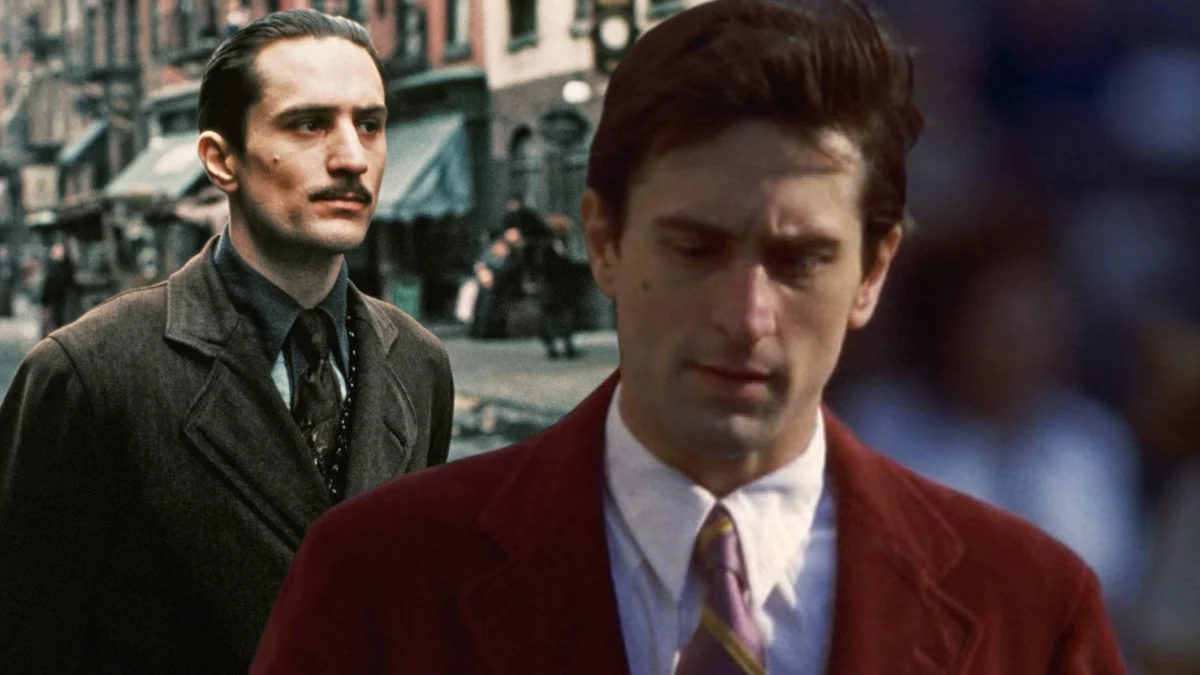
Robert De Niro has had an incredibly influential career, delivering iconic performances in films across many genres. He’s known for his dedication to his craft, often deeply immersing himself in roles, and for consistently collaborating with talented directors on groundbreaking movies. Beyond acting, he’s also worked as a director, ventured into television, and helped create film festivals, solidifying his impact on the world of cinema. Here are ten of his most memorable achievements, showcasing why his work continues to inspire filmmakers and captivate audiences.
‘The Godfather Part II’ (1974) – a breakout role built on language mastery
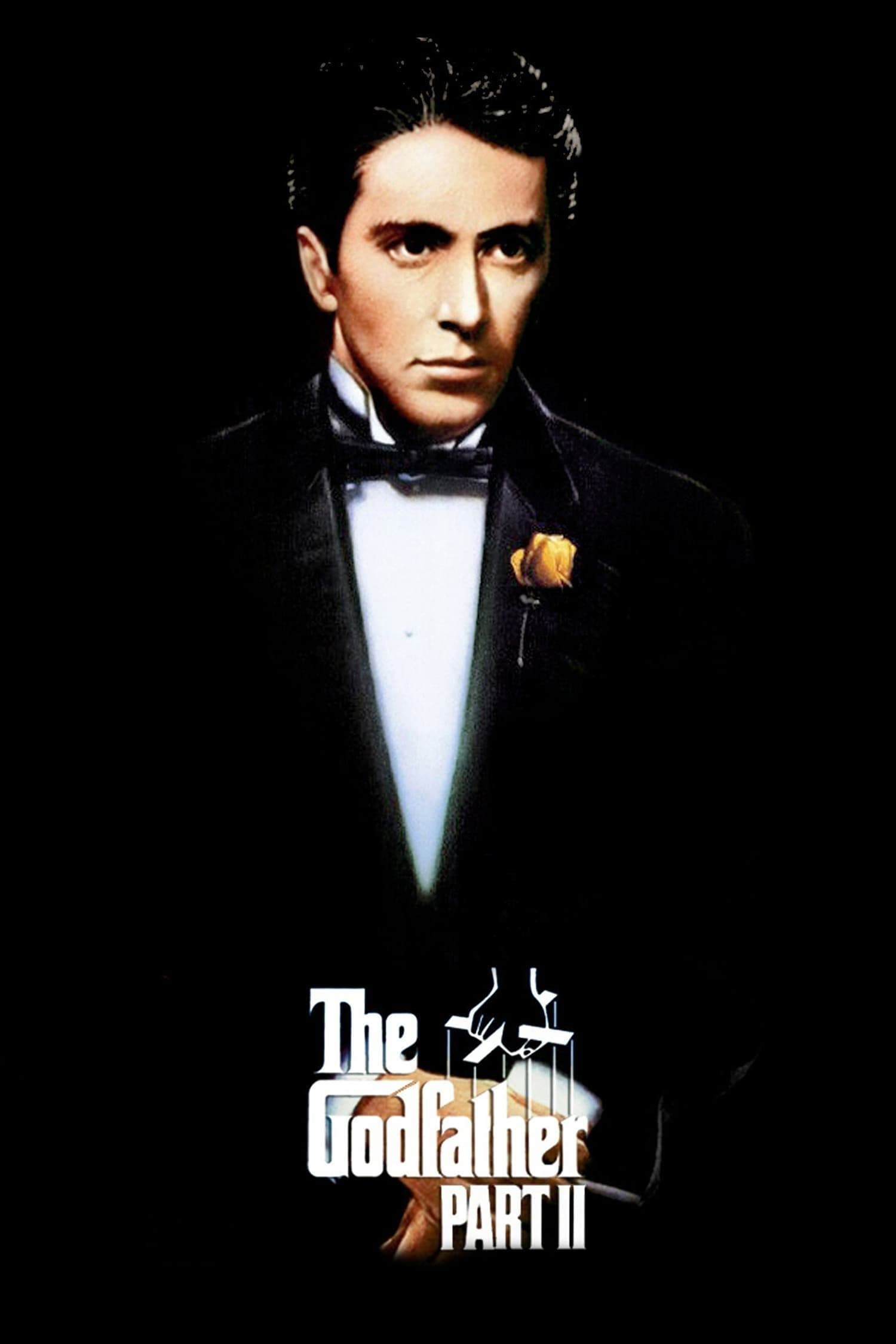
Robert De Niro won an Oscar for his portrayal of the young Vito Corleone. He deeply immersed himself in the role by learning and speaking a lot of Sicilian, often delivering his lines with very little English. His performance brilliantly connected to Marlon Brando’s depiction of the older Don Corleone, while still being a powerful and complete character in its own right. This role also established De Niro’s dedication to thorough preparation, a hallmark of his future work.
‘Raging Bull’ (1980) – De Niro’s extreme physical transformation
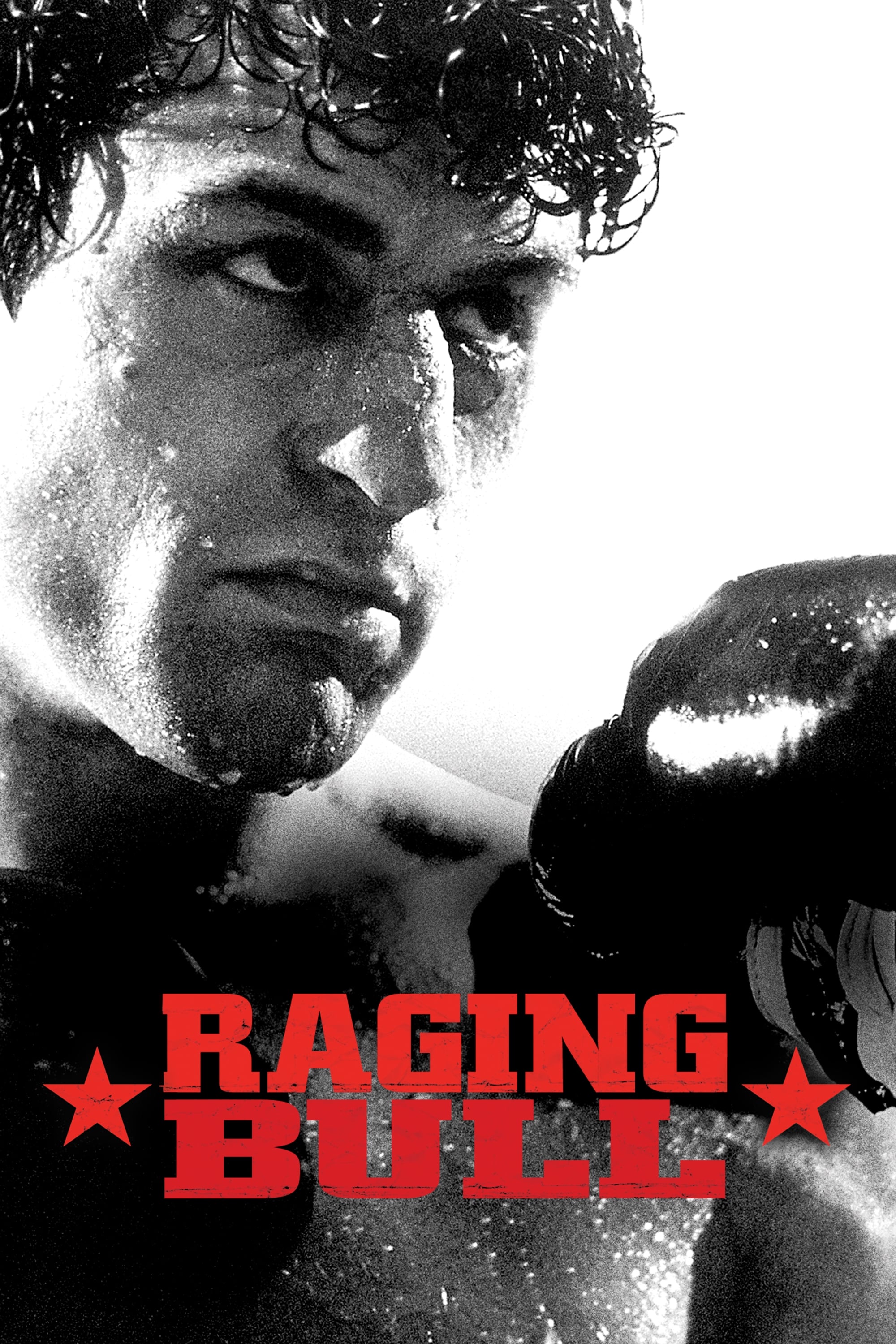
To accurately play boxer Jake LaMotta, Robert De Niro famously gained a significant amount of weight to show the character’s progression over time. He also trained extensively with real boxers, learning their techniques and understanding the mental side of the sport. This dedication earned him an Academy Award for Best Actor, and the film became a benchmark for actors tackling challenging, transformative roles that require both physical and emotional commitment.
‘Taxi Driver’ (1976) – a character study shaped on set
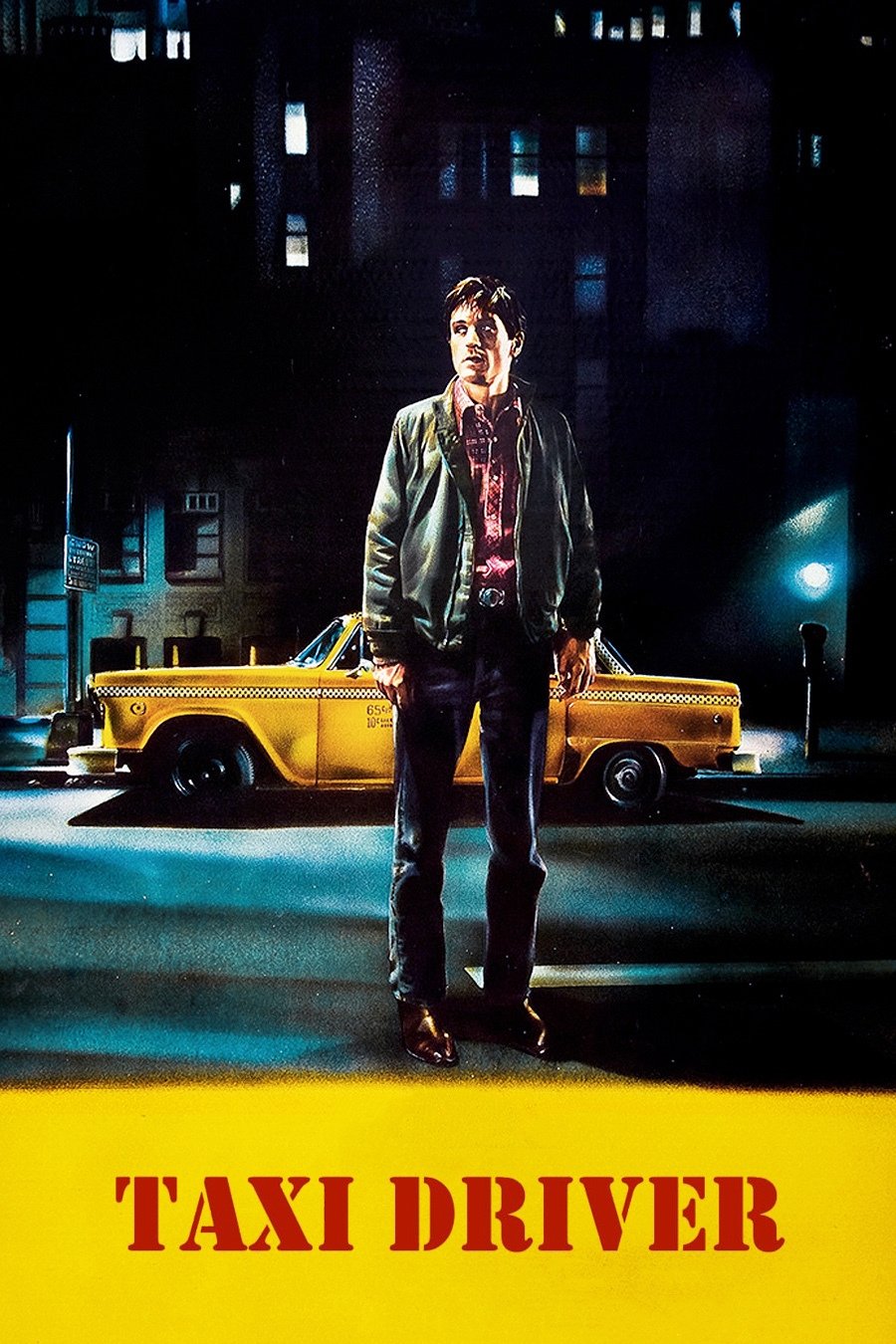
To prepare for his role as Travis Bickle, Robert De Niro actually worked as a New York City taxi driver, learning the city’s streets and the pace of life. The famous scene where Travis talks to himself in the mirror wasn’t fully scripted; it developed through experimentation on set, fitting the film’s realistic and personal feel. De Niro’s work with writer Paul Schrader and director Martin Scorsese created a powerful depiction of loneliness and disconnection, which has inspired many similar characters in other films and stories. The role is still a key example when discussing intense acting techniques and the gritty style of urban neo-noir films.
‘Goodfellas’ (1990) – precision in portraying a real-world figure
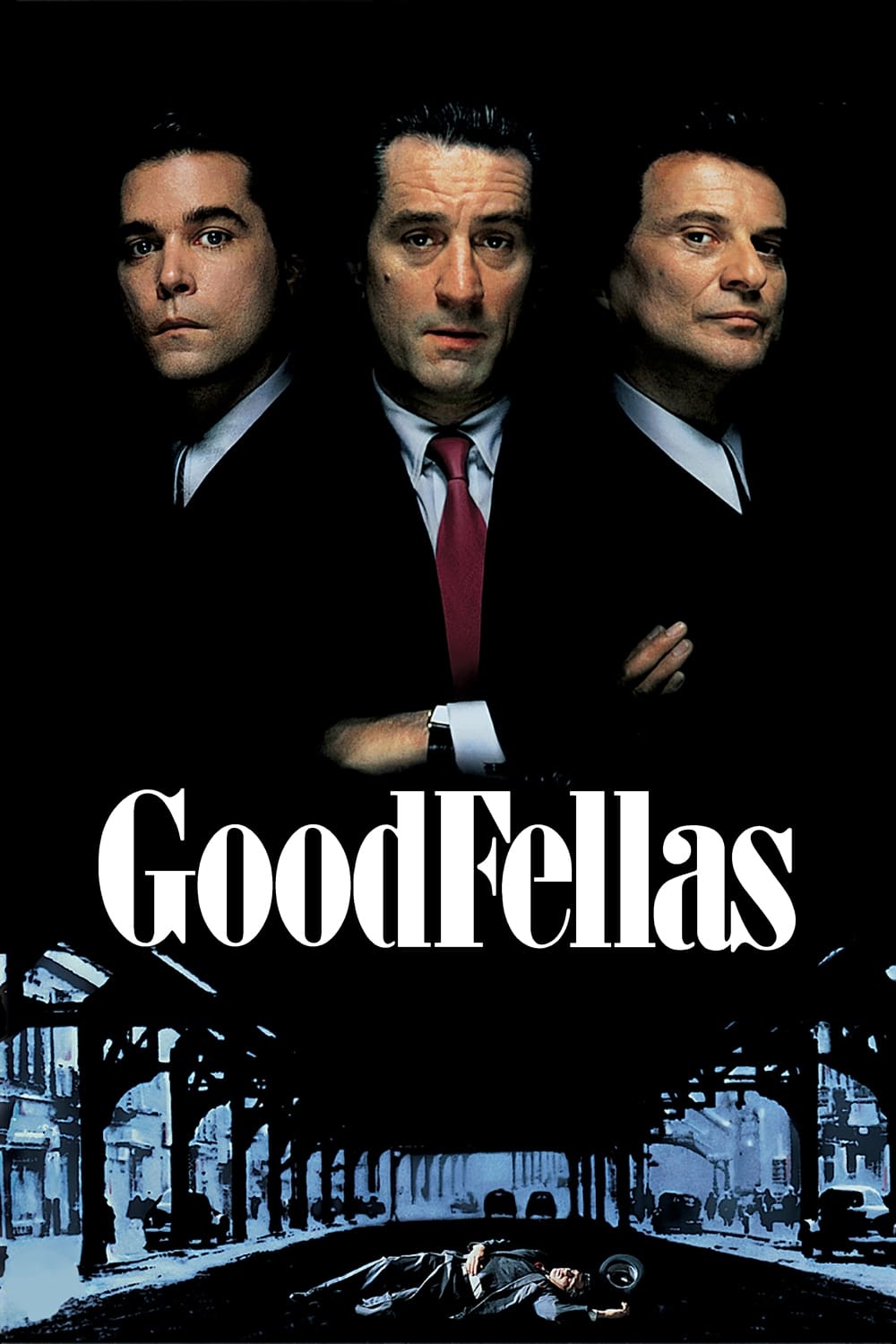
Robert De Niro, playing Jimmy Conway, based his performance on real-life accounts and news reports, carefully imitating the mannerisms of the actual person. He collaborated with the costume and props departments to perfect small details, like how Conway held a cigarette or counted money, to convey a sense of power and danger. De Niro’s grounded performance provides stability to the film’s fast-paced narrative. His established working relationship with Martin Scorsese ensured the entire cast felt realistic and believable.
‘Heat’ (1995) – first on-screen face-off with Al Pacino
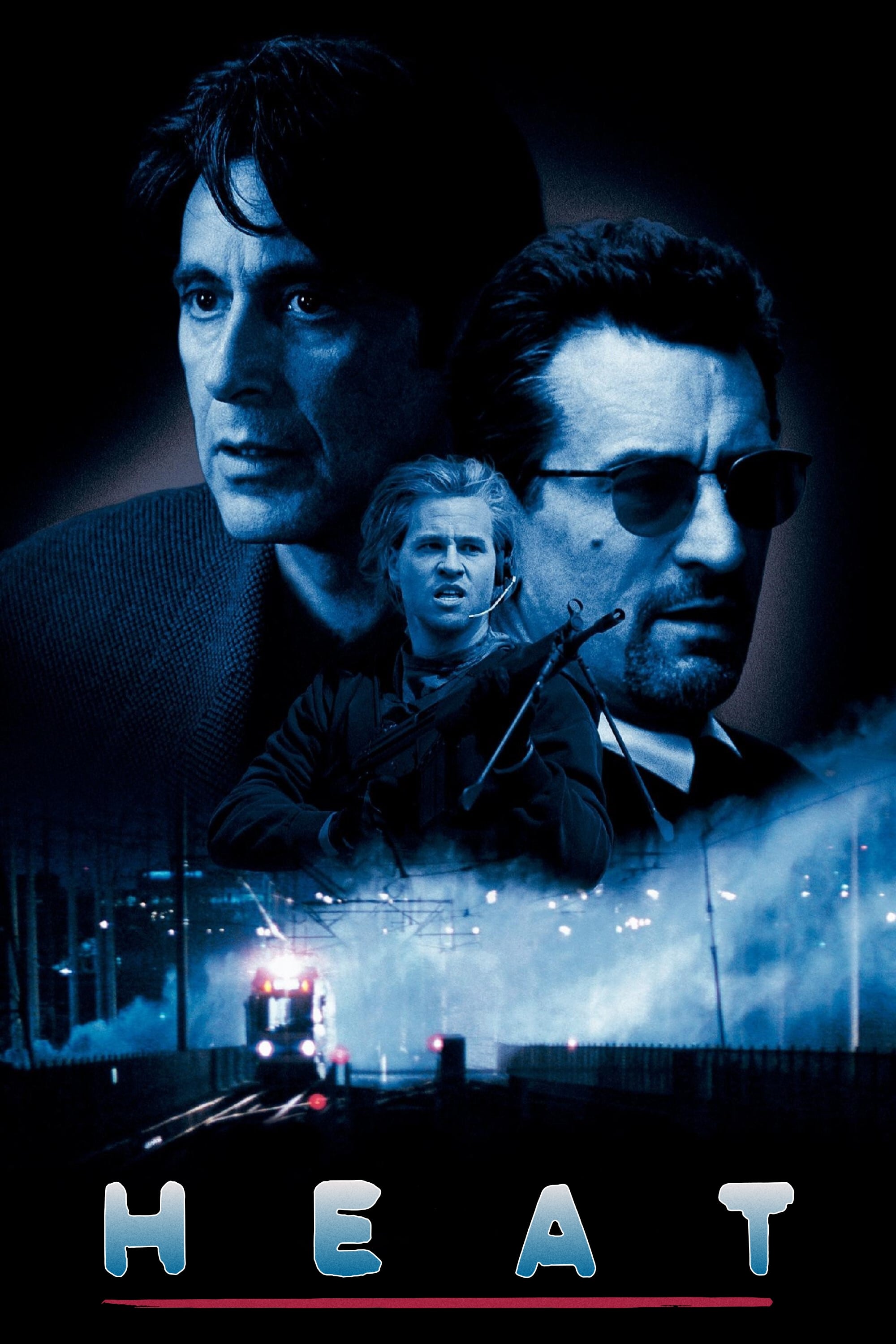
Despite both appearing in ‘The Godfather Part II’, Robert De Niro and Al Pacino didn’t share any scenes together until this film, making their conversation in the diner their first on-screen interaction. De Niro’s character, Neil McCauley, was carefully developed based on real police files and studies of how criminals operate, portraying a highly disciplined thief. The film highlights the contrast between McCauley’s calm, methodical nature and Pacino’s intense detective, offering a fascinating look at two different personalities. This scene, in particular, has become well-known as a model for how to stage tense conversations between characters of equal power.
‘A Bronx Tale’ (1993) – directing with a performer’s eye
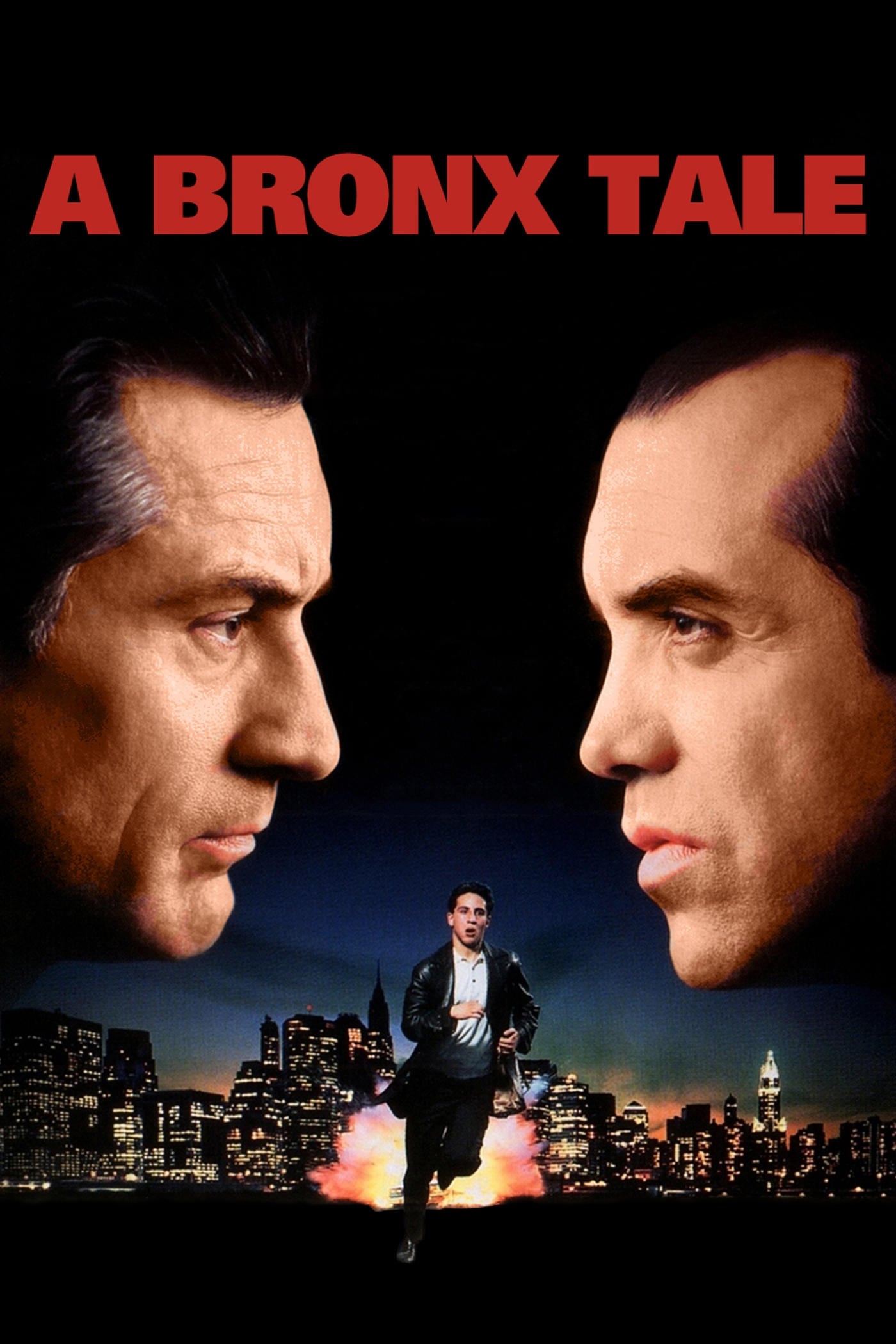
As a film buff, I was really intrigued by De Niro’s first time directing. He took Chazz Palminteri’s incredibly personal one-man show and brought it to life on screen, even playing the father himself! What struck me most was how he kept that close-knit neighborhood feel by filming on location and really focusing on the relationships between all the characters. It wasn’t just a simple coming-of-age story either; it made you think about things like loyalty, what family means, and how much influence people can have on each other. You could tell he was interested in letting the story breathe and really developing the characters – it wasn’t about flashy effects, but about genuine moments.
‘The Irishman’ (2019) – large-scale digital de-aging anchored by performance

Robert De Niro worked with Martin Scorsese again, playing Frank Sheeran throughout his life, and used advanced digital technology to make him appear younger in earlier scenes. The filmmakers carefully adjusted how they filmed, including using special markers and lighting, to capture every small expression. De Niro changed his body language, how he walked, and his voice to reflect the character’s age at different points in the story, giving the visual effects a realistic foundation. The film also brought back actors like Al Pacino and Joe Pesci, reuniting a talented group for a sprawling crime story spanning multiple generations.
‘The Wizard of Lies’ (2017) – television deep-dive into financial fraud
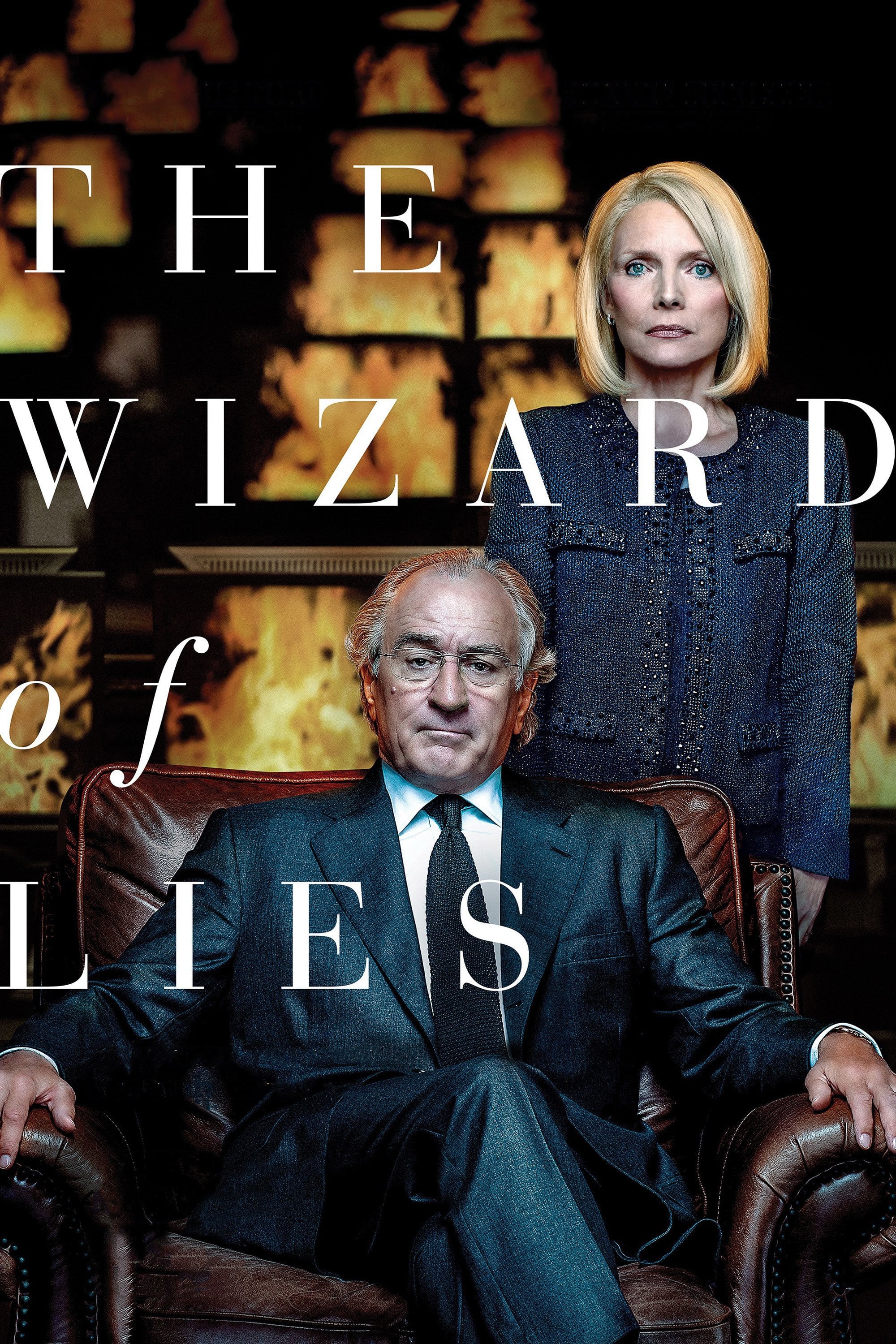
This HBO movie featured Robert De Niro as Bernie Madoff, and he based his portrayal on court documents, news reports, and interviews to show how the fraud worked and the damage it caused. The filmmakers prioritized getting the details right – even the complex financial language and legal questioning – over creating a dramatic spectacle. De Niro’s performance was highly praised and earned him nominations for major awards, demonstrating his ability to excel in both films and high-quality TV series.
‘Killers of the Flower Moon’ (2023) – revisiting American power and complicity
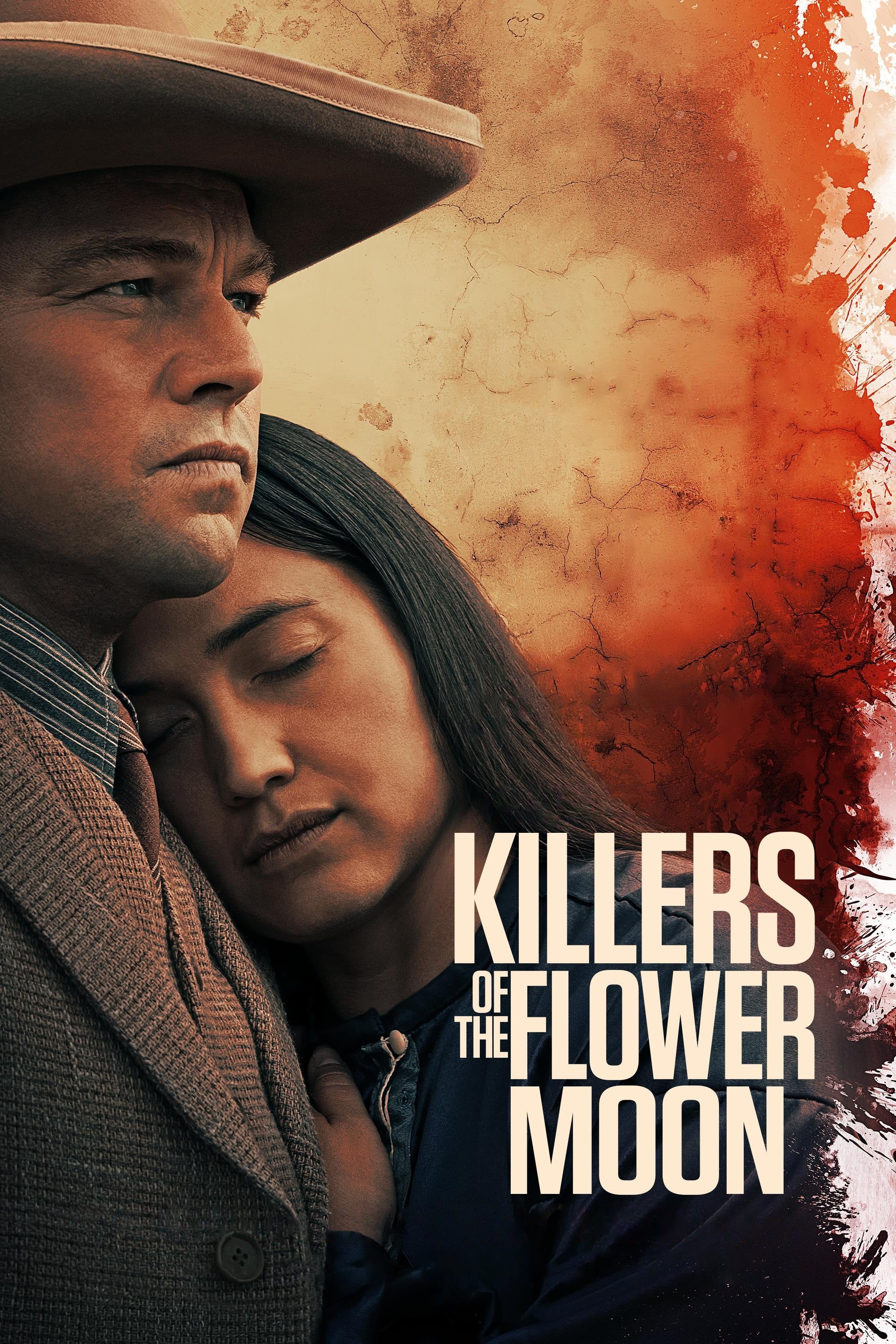
Robert De Niro played William Hale, a rancher connected to the murders of members of the Osage Nation, once again working with director Martin Scorsese. He thoroughly researched historical materials and the region’s past to make his portrayal of the character accurate in terms of how people actually behaved and spoke at the time. His performance received a lot of recognition, including an Oscar nomination for Best Supporting Actor. The filmmakers also worked closely with representatives from the Osage Nation to ensure the film accurately depicted their language, traditions, and history.
Building the Tribeca Film Festival – revitalizing a creative hub

Robert De Niro helped create the Tribeca Film Festival to boost Lower Manhattan after the 9/11 attacks, both culturally and economically. The festival showcases independent films, documentaries, short films, games, and virtual reality experiences, and also hosts industry discussions and workshops. Through Tribeca Enterprises, it now operates year-round, supporting artists working in all types of media. This work expanded De Niro’s role beyond acting and directing to include building a major cultural institution.
Tell us about your favorite Robert De Niro roles or movies in the comments below! What performance has always stuck with you?
Read More
- Robert Kirkman Launching Transformers, G.I. Joe Animated Universe With Adult ‘Energon’ Series
- Avantor’s Chairman Buys $1M Stake: A Dividend Hunter’s Dilemma?
- EUR TRY PREDICTION
- AI Stock Insights: A Cautionary Tale of Investment in Uncertain Times
- Hedge Fund Magnate Bets on Future Giants While Insuring Against Semiconductor Woes
- NextEra Energy: Powering Portfolios, Defying Odds
- Ex-Employee Mines Crypto Like a Digital Leprechaun! 😂💻💸
- The Illusion of Zoom’s Ascent
- Oklo’s Stock Surge: A Skeptic’s Guide to Nuclear Hype
- UnitedHealth’s Fall: A Seasoned Investor’s Lament
2025-11-07 17:15